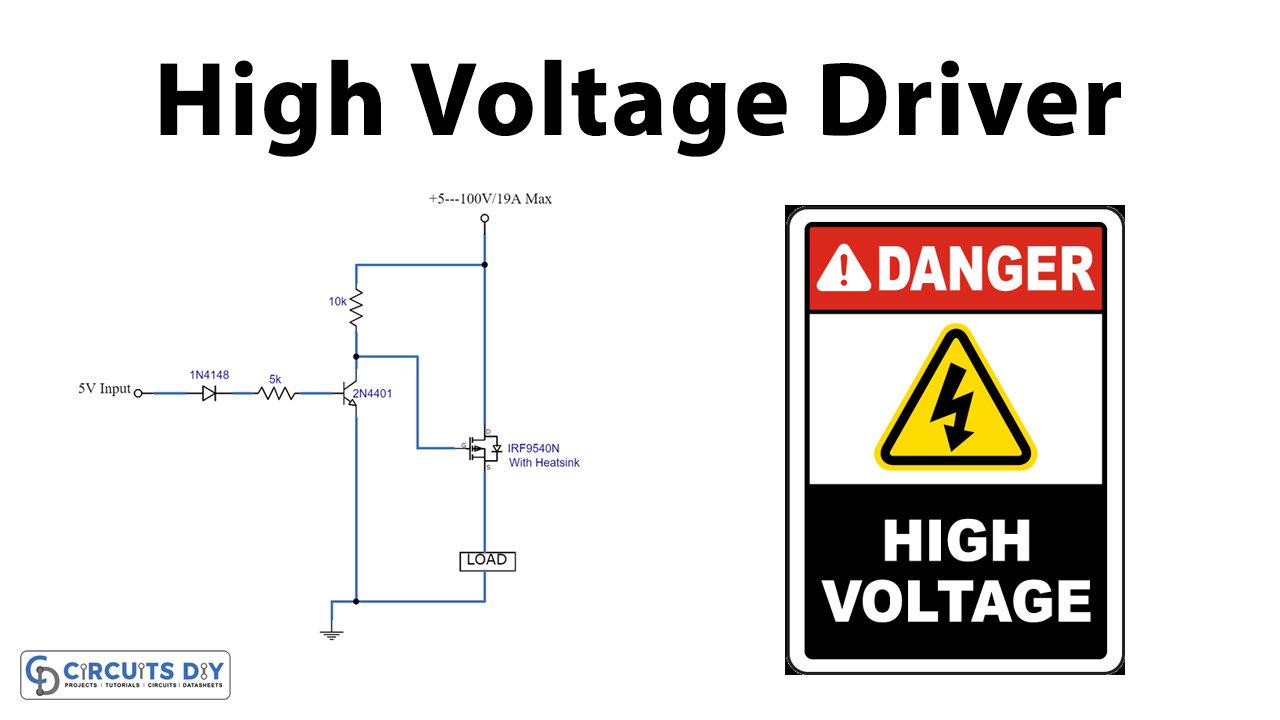Hi all,
I'm trying to better understanding of design decisions regarding the power PCB eg
( https://github.com/Starsurfer78/TeensyMower-PCBs/blob/main/Power_PCB_v109/charge_pcb.pdf )
is there any chance that someone could tell me what purpose the following components serve
Capacitor C1,
Schottky diode D4
Schottky diode D5
Schottky diodes D6-10
Also is there a reason that d4 is different to the other schottkey diodes?
Are any of these components meant to be for flyback protection, reverse polarity, motors acting as dynamos when manually turned, etc?
I'm trying to better understanding of design decisions regarding the power PCB eg
( https://github.com/Starsurfer78/TeensyMower-PCBs/blob/main/Power_PCB_v109/charge_pcb.pdf )
is there any chance that someone could tell me what purpose the following components serve
Capacitor C1,
Schottky diode D4
Schottky diode D5
Schottky diodes D6-10
Also is there a reason that d4 is different to the other schottkey diodes?
Are any of these components meant to be for flyback protection, reverse polarity, motors acting as dynamos when manually turned, etc?

